From Vericatch: Why Is Traceability Important For The Seafood Supply Chain – Q&A With Julian Hawkins
SALT’s modus operandi is to promote the value of traceability for all parts of the supply chain. Thus, we appreciate this Vericatch Q&A for connecting the importance of traceability to not only the ethical considerations when buying seafood, but also the environmental ones in regards to our changing climate. There are loads of traceability solutions out there. To get an overall sense of why it’s important, and the overlap between blockchain and sustainability, Vericatch’s CEO discusses some traceability challenges, and why choosing seafood should be no different than how you choose your eggs!
“
"To keep each part of the supply chain distinct and documented takes many people being diligent the whole way through, and, as with any chain of events, it’s as weak as the weakest link."
“Traceability is the ability to keep track of a product throughout the entire supply chain. For seafood, that means tracing a product from when it’s harvested through to the end consumer – including all movements, transactions, and treatments that the product undergoes. The seafood supply chain can be long and opaque so tracking what happens at the beginning and end of the supply chain is easier but the true value of traceability comes from tracking what happens in the landing, processing, and distribution stages….”
TO READ MORE from Vericatch, click below
[sc name=”embed-url” text=”https://vericatch.com/blog/traceable-sustainable-seafood/” ][/sc]
